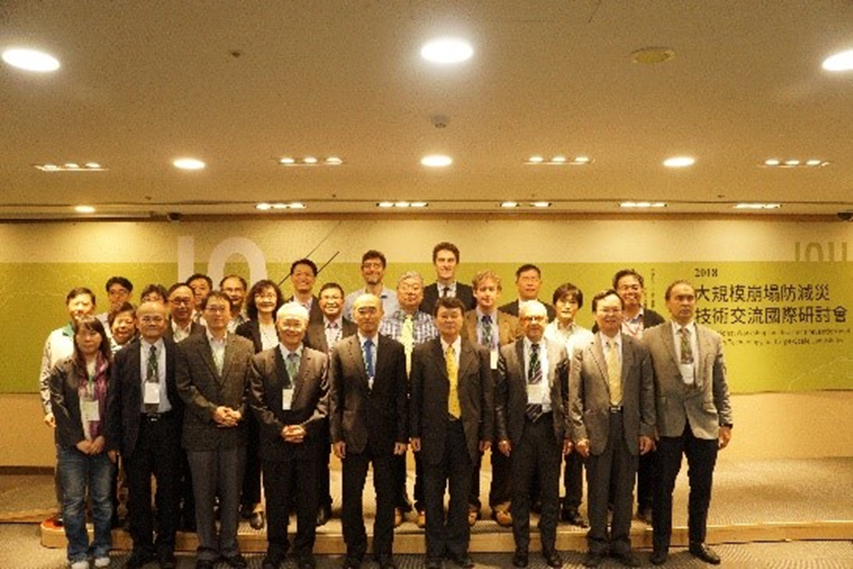Climate Change has increased severe rainfalls and the probability of the large-scale landslides in catchment areas. Thus, rolling adjustments are needed to update the current disaster prevention strategies. In particular, compound earth and sand disasters, which may be caused by large-scale collapses, will pose serious danger to the safety of life and damage property. Therefore, the Soil and Water Conservation Bureau has proposed a large-scale Climate Change collapse prevention and mitigation plan, with the main objectives of; strengthening the large-scale collapse crisis response capabilities, building smart disaster prevention systems in large-scale earth and sand disaster areas, assessing effectiveness of harnessing earth and sand disasters in large-scale earth and sand disaster areas, resource conservation surveys in large-scale earth and sand disaster areas, water and soil conservation management in large-scale earth and sand disaster areas, and disaster prevention information promotion and exchange in large-scale earth and sand disaster areas. Over the years, the NCKU Disaster Prevention Research Center has assisted in; the development of large-scale collapse demarcation methods, the mapping of large-scale collapse zones and the check on Disaster Prevention/Relief resources , assessment of vulnerabilities and risk management, the establishment of large-scale collapse monitoring systems, developing methods for estimating rainfall in a large-scale collapse, and establishing a response management value for issuing a large-scale early warning. The NCKU Disaster Prevention Research Center uses annual international seminars and expert advisory committees to invite experts on large-scale collapse prevention and control technologies from home and abroad to collaborate, and is committed to improving the technical ability for reducing large-scale collapses and disasters in Taiwan. In addition, the NCKU Disaster Prevention Research Center develops contingency management policies and standard procedures for response to landslide-dammed lakes, carries out education and training to strengthen resilience, collects and organizes landslide-dammed lake disaster contingency cases, and provides professional consultation and cooperation in the event of disasters.

SDG13Chiayi City Partners with NCKU, Combining AI Technology to Achieve Net-Zero Transformation for the Wooden City
View more
SDG13Flying over 10,000 km – NCKU Students Win Double International Recognition in North Sea Floating Wind Challenge.
View more




















